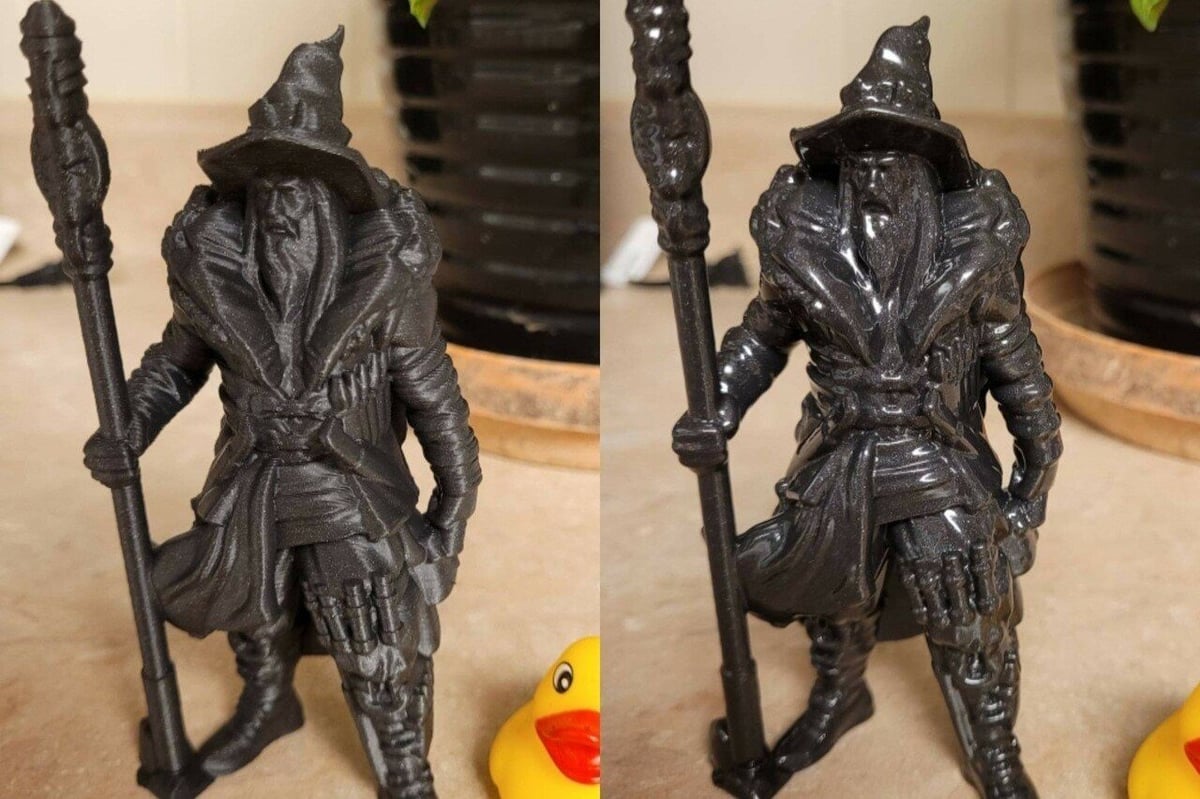Choosing a filament is an important decision in 3D printing that can significantly impact the outcome of your project. Opting for a new filament material for your 3D printer means you’re investing money, time, and energy to print it smoothly on your machine. Naturally, it’s worth investigating whether a certain filament is right for your project and your machine before making the investment.
Two popular options when it comes to applications that need mechanical strength and rigidity are ASA and ABS. But how do you decide between the two? While they share some similarities, such as great durability, ABS is not a good substitute for ASA in all cases.
ABS is a great all-around 3D printing material that can be used to make anything from hooks to adorable indoor planter pots. On the other hand, ASA, while a bit trickier to use, is an excellent choice for outdoor or mechanical components that need to withstand the environment.
In this article, we’ll delve deeper into the main differences between ABS and ASA, their properties, how to print with each, and most importantly, when to use them. By understanding these aspects, you’ll be better equipped to choose the right filament for your 3D printing project. Let’s get started!
The Contenders
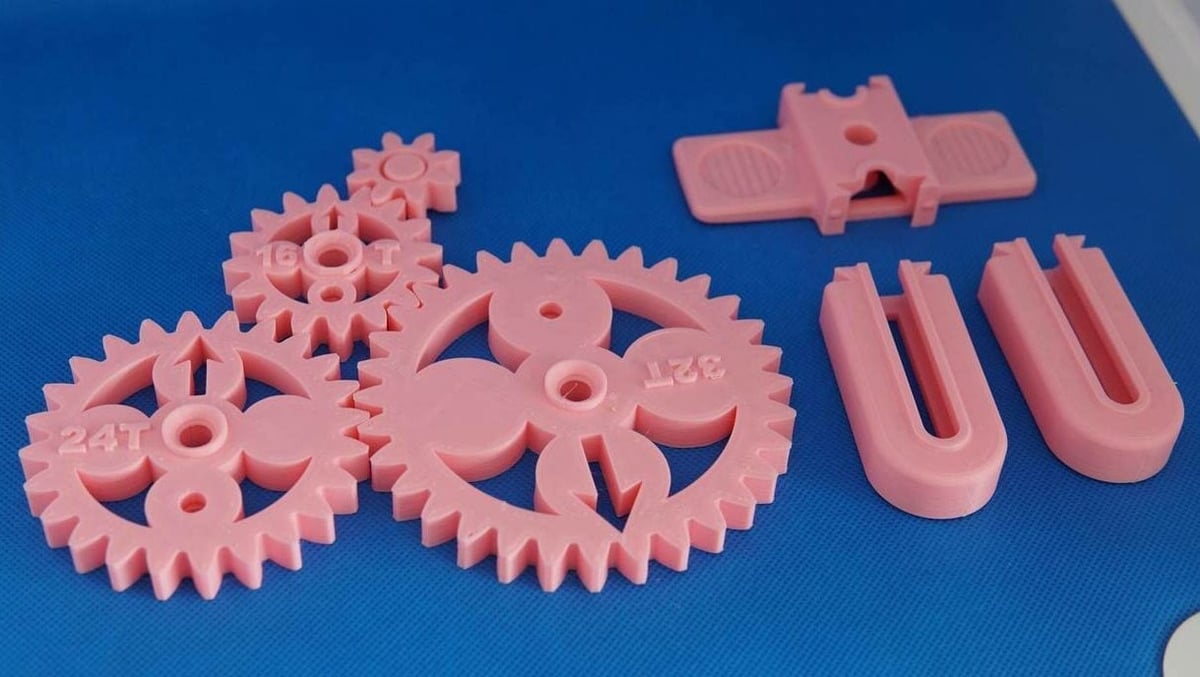
Before diving deep into the differences and practicalities of both materials, we should have a brief look at raw materials, manufacturing processes, and how these factors affect each material’s physical and chemical properties.
ABS
As an inexpensive, easy-to-find material that offers a respectable amount of mechanical strength, ABS (acrylonitrile butadiene styrene) is one of the most popular 3D printing filaments on the market. It can be easily painted, machined, sanded, and even chemically smoothed. Owing to the ease of printing and its value for money, it’s one of the go-to general-purpose filaments.
However, ABS can be a difficult material for beginners as it’s prone to several challenges while printing. Unlike PLA filament, ABS is prone to warping and shrinking caused by sub-optimal bed or ambient temperatures. This may warrant the need for a printing enclosure. Check out our guide on ABS for more details on print settings.
There has also been a push to avoid ABS as a printer filament due to concerns about hazardous fumes being released during printing. While there is undeniably an odor associated with ABS printing, it’s hard to say exactly how dangerous it is. If you plan to print with ABS often, you could consider adding some ventilation to your setup and avoid it for food-contact applications altogether.
ASA
ABS and ASA (acrylonitrile styrene acrylate) are similar, not just in their name, but in their chemistry. The difference comes down to swapping the butadiene (“B”) in ABS with a butyl acrylate (“A”) in ASA. This means that the UV-susceptible part of ABS is replaced by a tougher and UV-resistant alternative. This swap has major implications on the suitable applications for ASA parts.
ASA provides superior weather and UV resistance, thus being a best-in-slot for parts constantly exposed to outdoor elements. ASA resistance extends to water, oil, and other chemicals as well. While ASA is similar in strength to ABS, ASA will far outmatch ABS when exposed to the elements.
Like ABS, ASA produces odor and potentially harmful fumes, so there’s no avoiding a printing enclosure with these two materials. ASA requires even higher temperatures to print, which may be out of range for some desktop printers. You can also expect to encounter issues with shrinkage and warping, but it may not be as drastic as with ABS. Despite some advantages over ABS, ASA is relatively more expensive and difficult to come by.
Printing
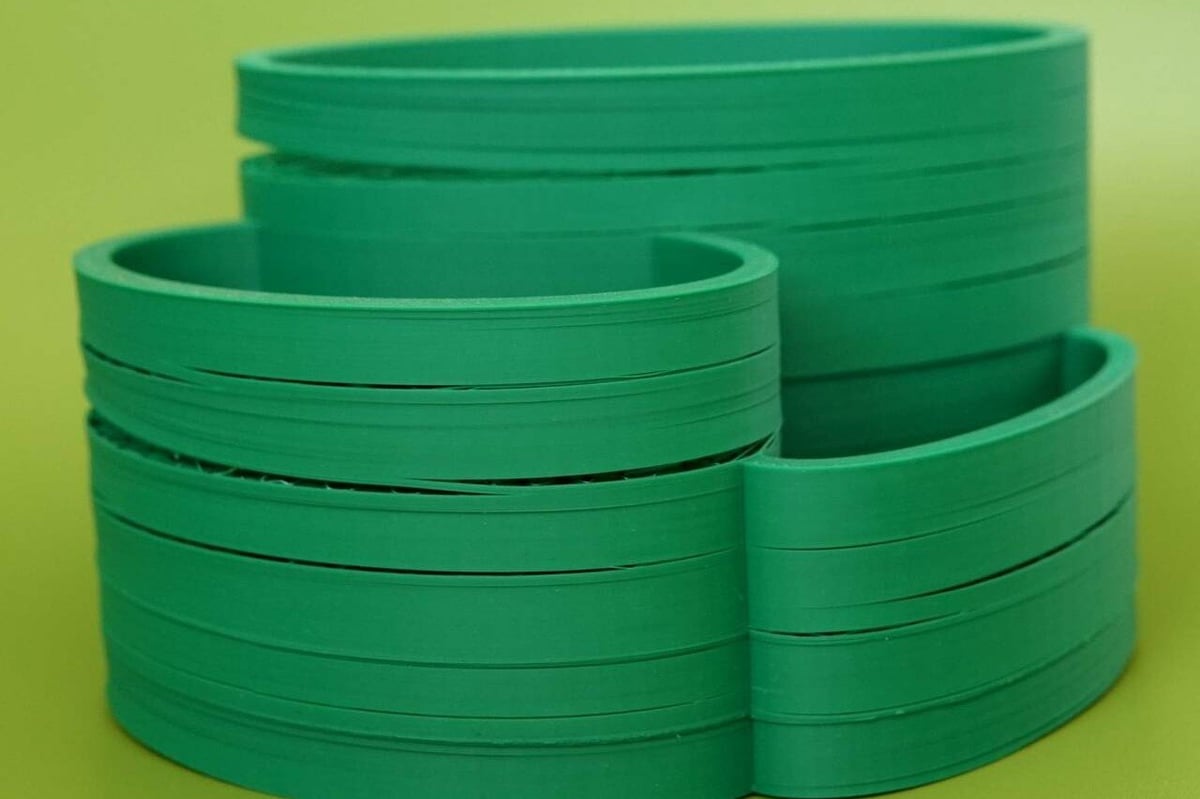
Compared to ABS, ASA requires a hotter nozzle temperature, a hotter heated bed, and longer cooling times. If you plan to printing with ABS frequently, you’ll have to consider the greater energy consumption required.
While the exact temperature may vary slightly between manufacturers, a nozzle temperature of 210-255 °C and bed temperature of around 80-110 °C are optimal for ABS printing. Recommendations for ASA are 240-260 °C for the nozzle and 90-110 °C for the bed. Printing the first layer at slightly hotter nozzle temperatures may be beneficial for the adhesion of both filaments.
You can mitigate warping issues for both of these filaments by using an enclosure and turning off the parts cooling fan. This will increase the ambient temperature around the print and promote an even, gradual cooling. For larger parts, an enclosure is a must-have for both ABS and ASA, but you may be able to get away without one for small and simple prints.
ASA offers better adhesion compared to ABS, however, ASA might stick too strongly to the bed. Using a flexible PEI bed can help you ensure removal goes smoothly.
Post Processing
When it comes time for post-processing, both these filaments can handle whatever you want to throw at them. They will do well with sanding, coating, or painting. The acetone smoothing method for achieving an impressively smooth surface on ABS also works great for ASA.
However, ASA’s inherent superior adhesion results in less visible layer lines and thus requires less post-processing.
Part Performance
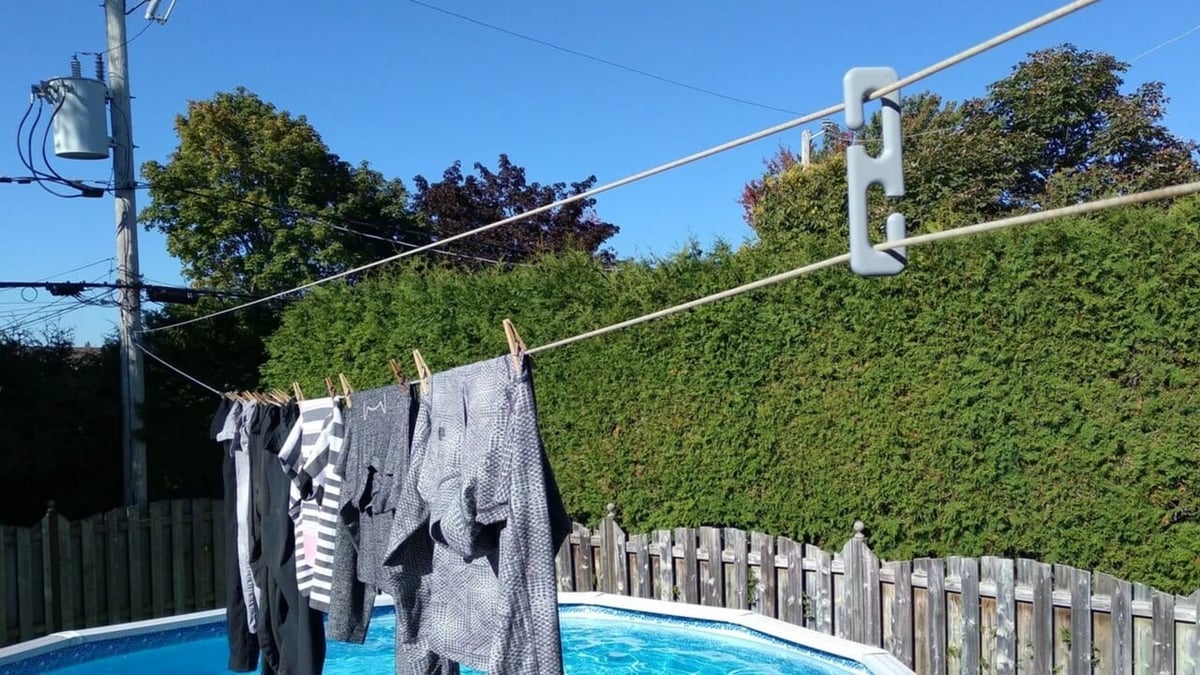
ABS and ASA have similar mechanical strength, so you need not worry about any compromises on strength if settling for the cost-effective ABS. However, you should consider where you plan to use the print to help you determine whether upgrading to ASA is a good idea.
Will the 3D print be placed somewhere at room temperature, or is it a tool you plan to use at higher temperatures? Will it be exposed to high temperatures regularly in a cyclic manner? ASA withstands hotter (up to 100 °C) and colder temperatures better than ABS, which is more prone to expanding and contracting with changing temperatures.
What kinds of external elements will your print be exposed to? ASA’s superior layer adhesion make it an excellent candidate for applications that demand water tightness. ASA is pretty much resistant to all kinds of external factors, even acidic or basic conditions, while ABS may be affected by moisture, UV, acetone, etc.
Applications
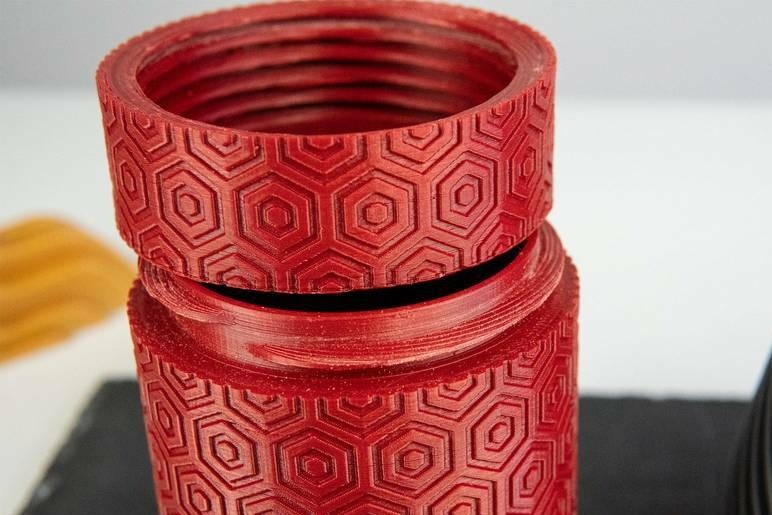
ABS is a versatile, solid choice for general-purpose printing, whether it be storage containers, game pieces, or a cute lampshade. ABS is a clear winner if the application is an indoor item bearing medium to moderate stresses that won’t be exposed to moisture or intense sunlight.
Any applications that ABS can handle, ASA can handle too, plus some. With strong UV resistance and impact resistance, ASA can be used for housing electronic components, tools, car accessories, and even RC planes. ASA should be the go-to material if you’re going to print an everyday tool that needs to be sturdy and reliable. However, due to its higher price tag, it may be wise to save it for the most demanding applications.
Where to Buy
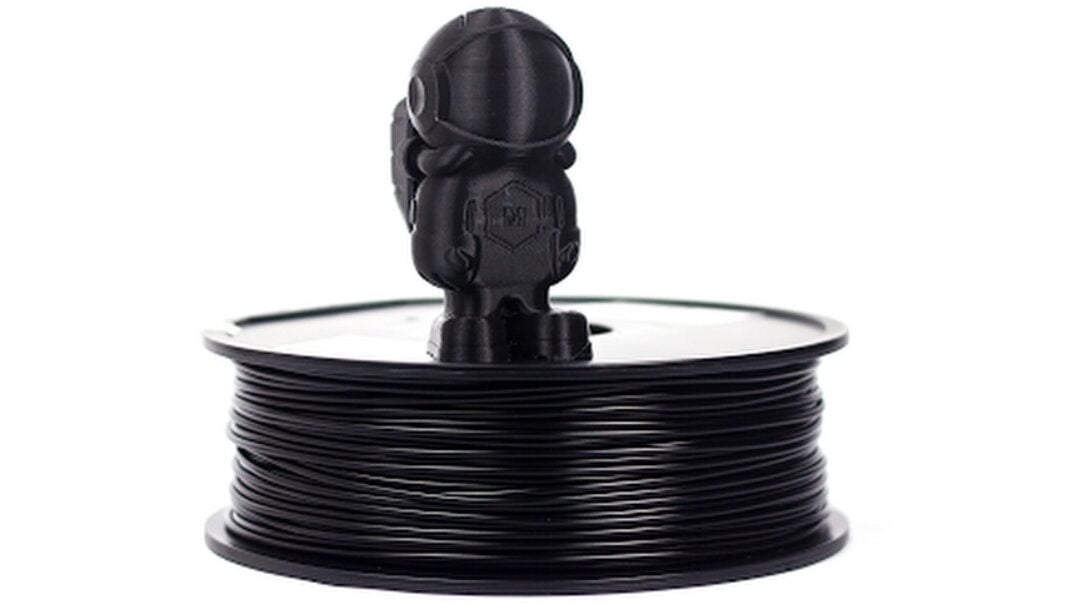
If you’ve read this far, you might be considering purchasing one of the two filaments. Luckily for you, there are plenty of suppliers to choose from.
ABS
- MatterHackers: MH Build Series ABS is developed and priced to be affordable for all hobbyists. MH Build ABS is ideal for projects requiring sturdy parts, such as drone components and RC toys. This series allows you to choose from 38 colors in a matte finish.
- Gizmo Dorks: In addition to a general-purpose ABS that Gizmo Dorks offers in 21 colors, there are also specialty ABS variants that add a bit of extra fun to the filament. One variant is conductive ABS, for applications requiring anti-static, dissipative, or electric current conduction properties. You can also choose from glow-in-the-dark ABS, fluorescent variants that shine under blacklight, or even color-changing ABS that activates at 31 °C.
ASA
- Polymaker: PolyLite ASA by Polymaker is an excellent alternative to ABS with excellent UV resistance and mechanical properties, making it great for printing bike accessories, outdoor planters, and household equipment. There are even 17 colors to choose from and another 3 “Galaxy” options with some added sparkle.
- FormFutura: Form Futura offers the ApolloX ASA filament in seven different colors and bulk sizing, too. This formulation is improved with additional polymers and modifiers, making it one of the most printer-friendly ASA filaments available. FormFutura claims ApolloX prints with the same accuracy as injection molding and is resistant to warping.
License: The text of "ASA vs ABS: The Main Differences" by All3DP is licensed under a Creative Commons Attribution 4.0 International License.



